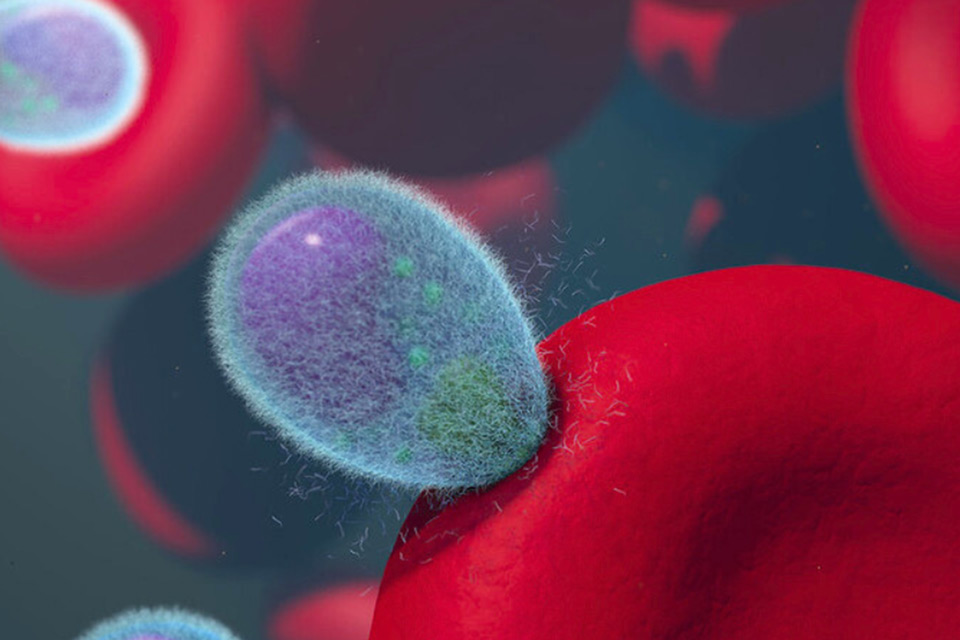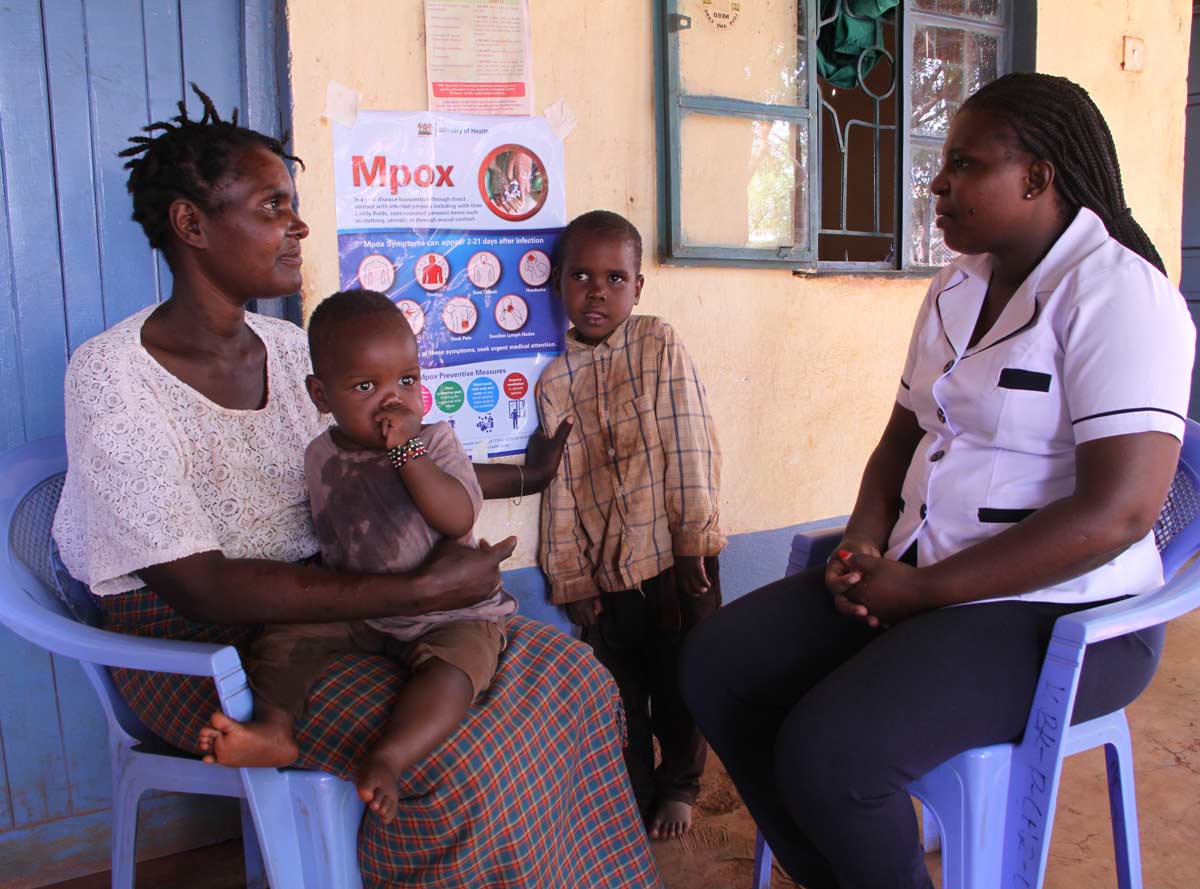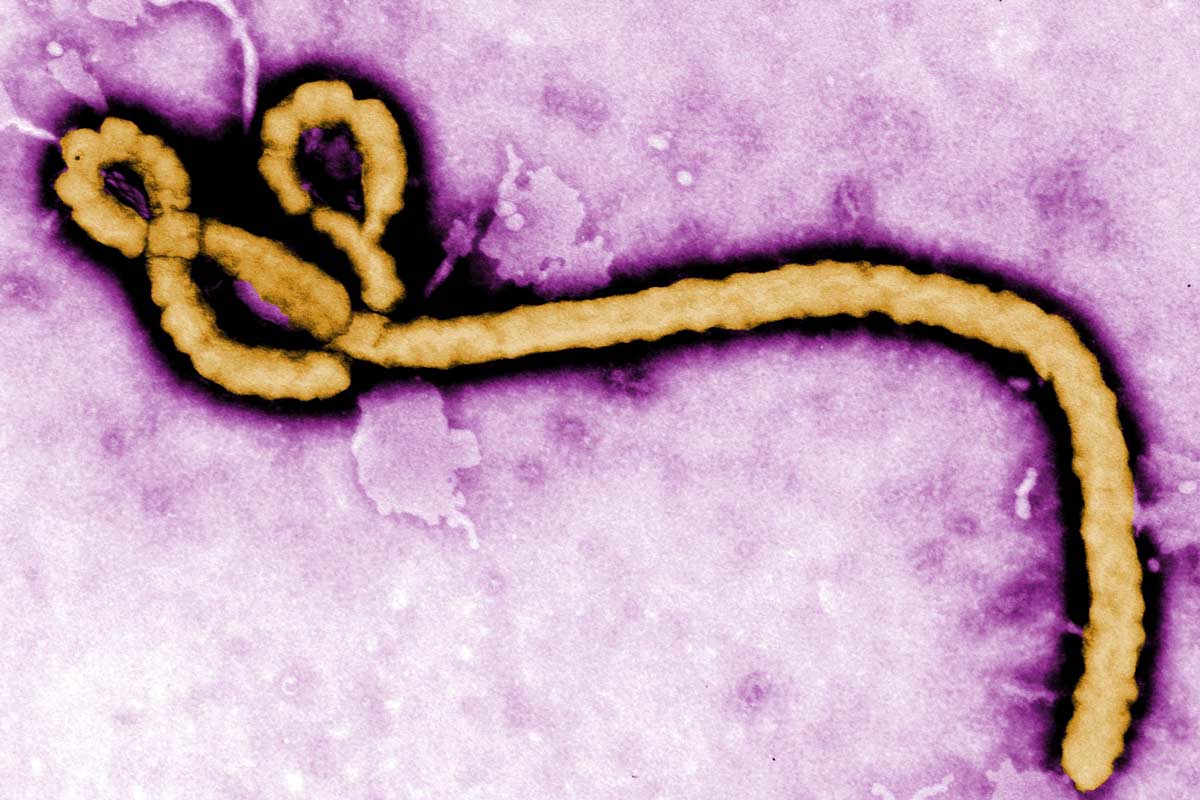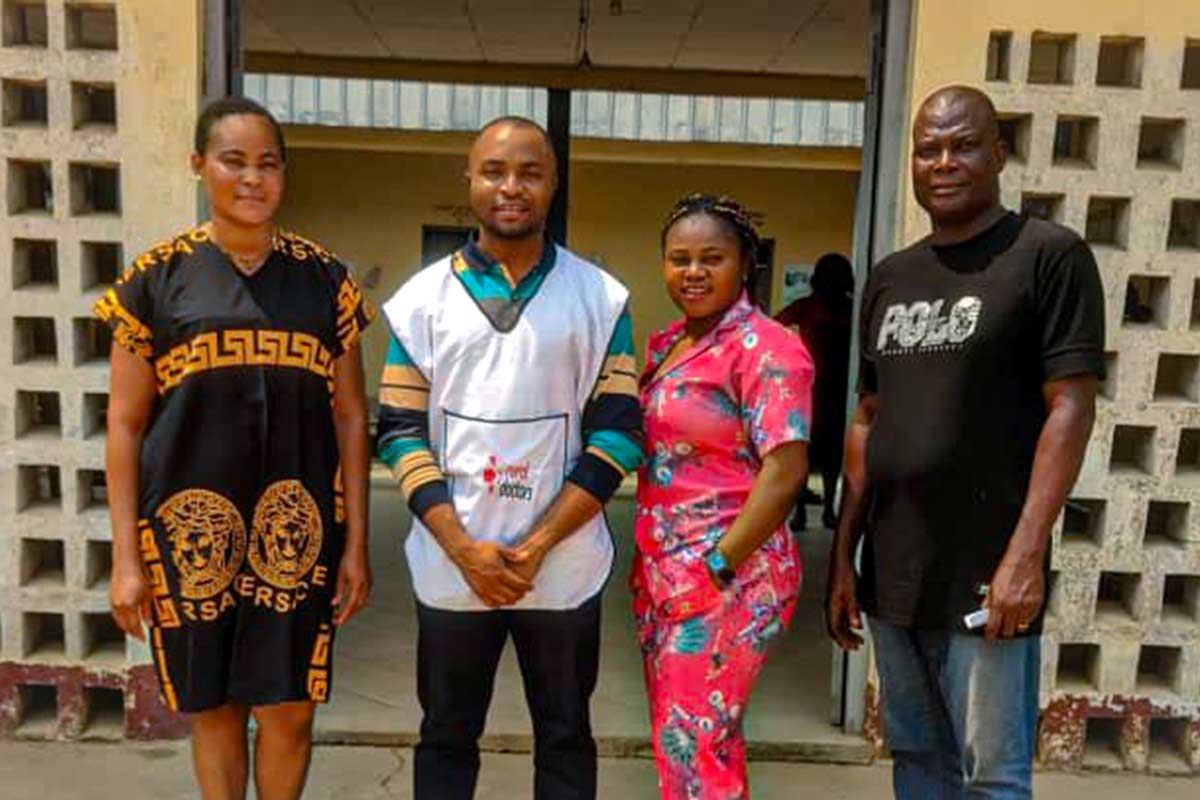Containing Ebola with fast detection kits
Researchers in Zambia and Japan have produced a kit to detect Ebola virus disease in minutes.
- 26 January 2024
- 2 min read
- by SciDev.Net
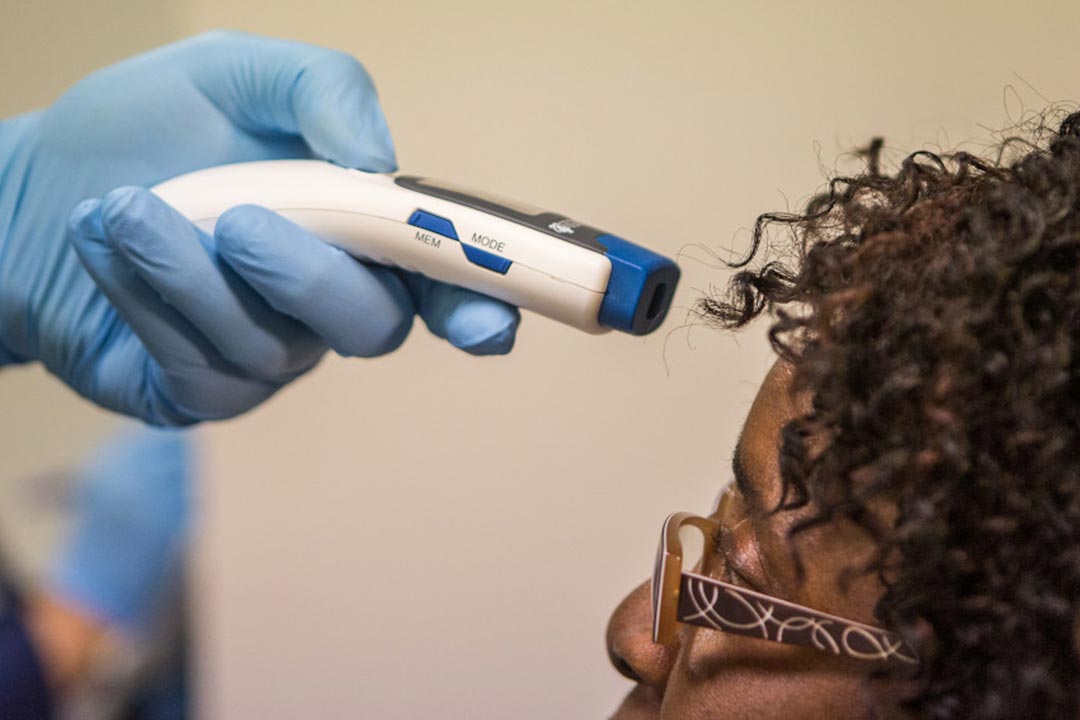
Ebola is a highly contagious and often deadly virus and has been a persistent threat to several countries in Africa.
In this episode, Africa Science Focus spoke to researchers at the University of Zambia and Hokkaido University, Japan, who designed a kit which can detect the Ebola virus within minutes.
Katendi Changula, infectious disease researcher at the University of Zambia, explained how this test can be a game-changer, while Ayato Takada, professor at the International Institute for Zoonosis Control, Hokkaido University, Japan, explains how the kits were developed.
Have you read?
And Joseph Ndebe, researcher at the School of Veterinary Medicine, disease control department, at the University of Zambia, sheds light on the challenges faced in deploying the test kits.
We also hear from Sheila Makiala, who works at the National Institute of Biomedical Research in the Democratic Republic of Congo. She spoke to us about how the tests play a pivotal role in the effective management of Ebola outbreaks in the DRC.
To listen to the podcast episode, click here.
This project was funded by the European Journalism Centre, through the Solutions Journalism Accelerator. The fund is supported by the Bill and Melinda Gates foundation.
Do you have any comments, questions or feedback about our podcast episodes? Let us know at podcast@scidev.net
This piece was produced by SciDev.Net’s Sub-Saharan Africa English desk.
Website
This article was originally published on SciDev.Net on 24 January 2024. Read the original article.
